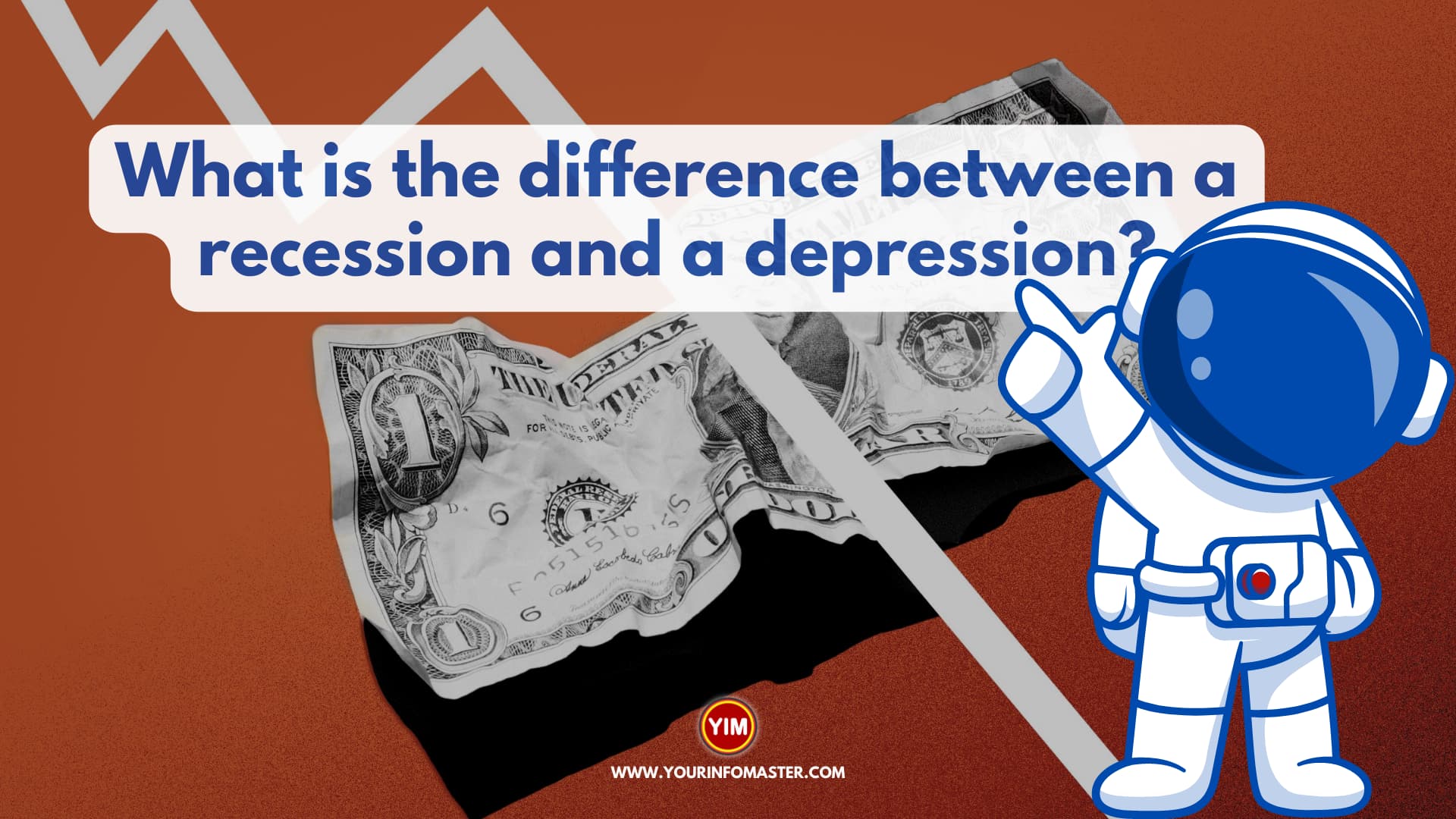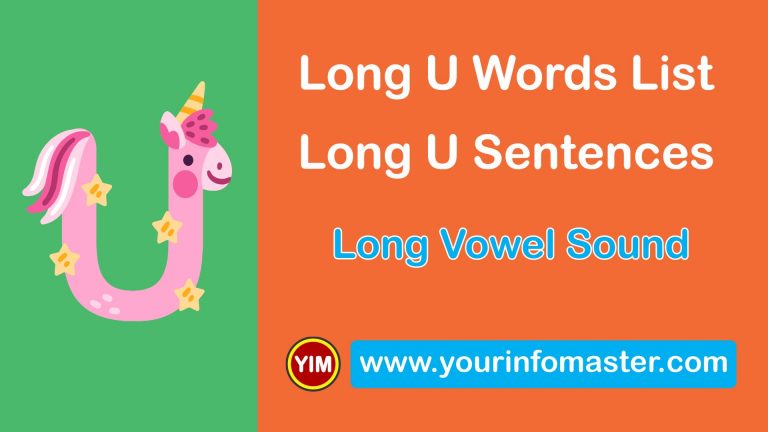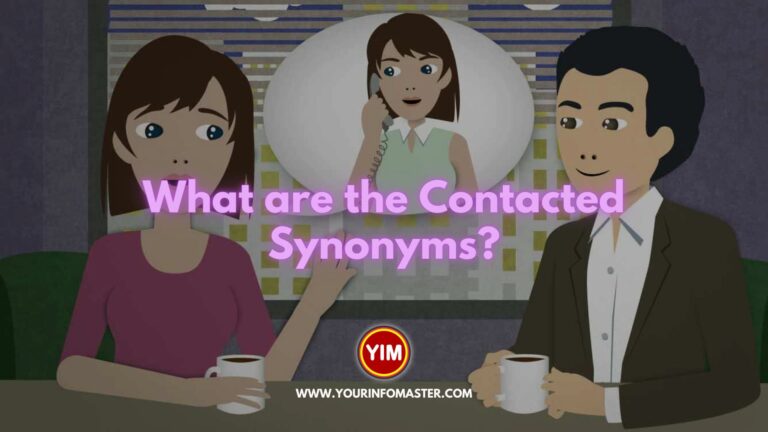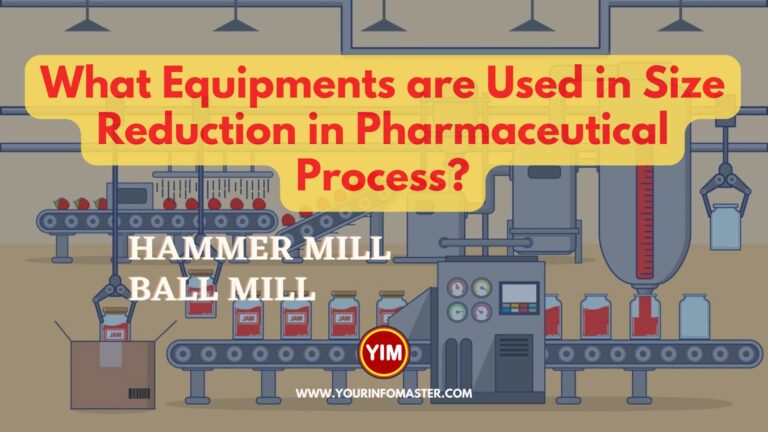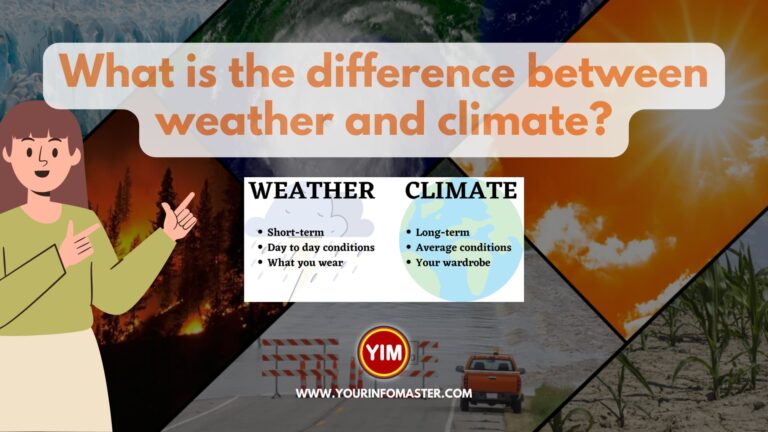I am going to explain the blog post “What is the difference between a recession and a depression?“
Economic downturns are a natural part of any economy, but there are varying degrees of severity. Two terms that are often used to describe economic slumps are recession and depression. However, many people may not understand the difference between these two terms. In this blog post, we will explore the key differences between a recession and a depression.
Check also: What is the difference between veterans day and memorial day?
Check also: Water Intake Calculator
10 Differences between a recession and a depression
Check also: How to tell the difference between allergies and a cold?
Here is a list of 10 differences between a recession and a depression:
- GDP Decline
- Duration
- Unemployment
- Business Failures
- Stock Market Decline
- Consumer Confidence
- Banking System
- Policy Response
- Depth of Decline
- Global Impact
Check also: What is the difference between a will and a trust?
- GDP Decline: A recession is typically defined as two consecutive quarters of negative GDP growth. In contrast, a depression is a severe and prolonged recession characterized by a substantial decline in GDP.
- Duration: A recession typically lasts for a few months to a year, while a depression can last for several years.
- Unemployment: Unemployment rates increase during both recessions and depressions, but the severity and duration of the increase are greater in a depression.
- Business Failures: During a recession, some businesses may fail, but it is typically not widespread. In contrast, a depression is characterized by widespread business failures.
- Stock Market Decline: Both recessions and depressions can cause stock market declines, but the severity and duration of the decline are greater in a depression.
- Consumer Confidence: During a recession, consumer confidence may decline, but it is typically not as severe as in a depression. In a depression, consumer confidence is significantly lower, leading to reduced consumer spending.
- Banking System: During a recession, the banking system may face challenges, but it is typically able to weather the storm. In a depression, the banking system is often severely impacted, leading to bank failures and financial crises.
- Policy Response: During a recession, policymakers may implement stimulus measures to help mitigate the effects of the downturn. In a depression, policymakers may implement more drastic measures, such as monetary and fiscal policy interventions.
- Depth of Decline: The decline in economic indicators such as GDP, unemployment, and consumer confidence is typically more severe in a depression than in a recession.
- Global Impact: While both recessions and depressions can have a global impact, depressions are more likely to have a significant impact on the global economy, leading to widespread economic turmoil.
Conclusion
In conclusion, while both recessions and depressions refer to economic downturns, they differ in their severity, duration, and impact on various economic indicators such as GDP, unemployment, and consumer confidence. Policy responses and global impacts also differ between the two. It is important to understand these differences to prepare for and mitigate the effects of economic slumps.
See also: What’s the difference between a typhoon and a hurricane?
If you really enjoyed the article “What is the difference between a recession and a depression?,” then I would be very grateful if you’d help it spread by emailing it to your friends or sharing it on Twitter, Instagram, or Facebook. Thank you!
Have you read “What is the difference between a recession and a depression?“ Which of these blogs are you reading, and how is it similar to one of them?

